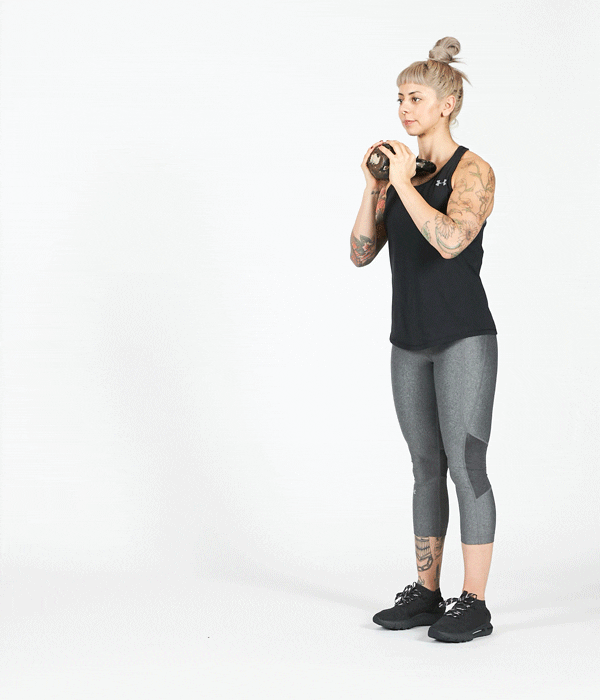
Lunges are a great lower-body exercise; they strengthen the glutes, quadriceps and hamstrings, though different variations emphasize certain muscle groups over others.
Unlike lower-body exercises like squats and deadlifts, where the stronger of the two legs can easily compensate for the weaker limb, lunges force each leg to take turns doing the brunt of the work. Working your legs separately can expose and correct any strength and stability imbalances between the left and right side, says Carol Mack, DPT, a certified strength and conditioning specialist and board-certified specialist in sports physical therapy.
However, to see any benefits from lunges, your exercise form has to be on-point. Here are the most common lunge mistakes Mack sees — and how to fix them.

It’s common for people to lunge with their feet too close to their centerline. “A lot of times, people will step too narrow and start to crossover, almost like they’re walking on a tightrope,” Mack says. But lunging on an imaginary tightrope not only makes it hard to balance, it also makes it hard to get the right muscles firing, while adding extra stress to the hips and knees, she adds.

The fix: Begin every lunge with your feet hip-width apart. As you step into a lunge, step the working foot in line with that hip — not in line with the other foot. “The feet should be hip-width apart at all times,” Mack says.

According to Mack, many people mindlessly step in and out of lunges. As a result, they don’t activate the right muscle groups (i.e., glutes, quads and hamstrings) — or even know what it feels like to engage these muscles. But, if you’re going to go through the trouble of doing lunges in the first place, you may as well score quality reps. “It’s quality over quantity,” Mack says. “If you can get sets of eight really good repetitions, that’s going to go a lot farther than lunging 20 times each leg and just going through the motions.”
The fix: Step into a lunge slowly and with control. Then, pause for 1or 2 counts before pushing back to the start. You should feel your glute and quadricep or hamstring (depending on which lunge variation you’re doing) firing throughout the movement.

Allowing your front knee to collapse inward when you lunge not only limits the effectiveness of the exercise, it also increases your chances of developing knee pain down the road (if you don’t have knee pain already).
The fix: As you lunge, make sure your front knee aligns with your shoelaces, Mack says. However, if you can’t lunge without your front knee falling out of alignment, weak glutes may be to blame. When you lunge, your glutes push your hips forward and rotate your working leg outward. But if your glutes are too weak to do their job, your upper leg and knee will likely collapse inward, according to Eliza Nelson, ACE-certified personal trainer and orthopedic exercise specialist. Your best approach to fixing this collapse is to incorporate more glute-focused exercises — like glute bridges, squats and banded lateral walks — into your exercise routine.

Another common lunge mistake is to let your front knee creep past your front toes. Doing so adds stress to your knee joint, which can cause knee discomfort or pain over time.
The fix: If your knee goes over your toes, your lunge stance may be too narrow, according to Nelson. Try widening your stance to ease the pressure, but take care not to shift too much weight onto the back leg in the process. If you let your front knee drift too far backward, you’ll increase the strain on your back knee, which can also lead to pain. “You should always be able to see the toes on your front foot,” Mack says, but if you start feeling a strain on the back knee, let your front knee drift forward just a touch.
Check out “Workout Routines” in the MyFitnessPal app to discover and log workouts or build your own with exercises that fit your goals.










